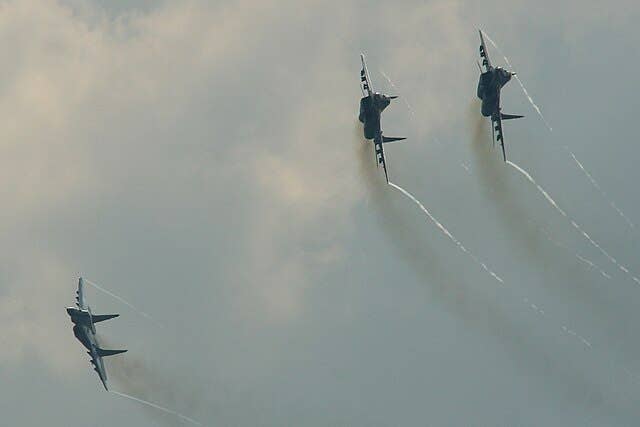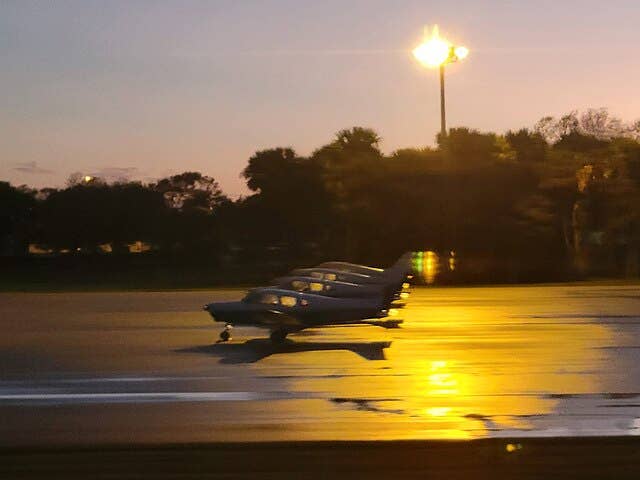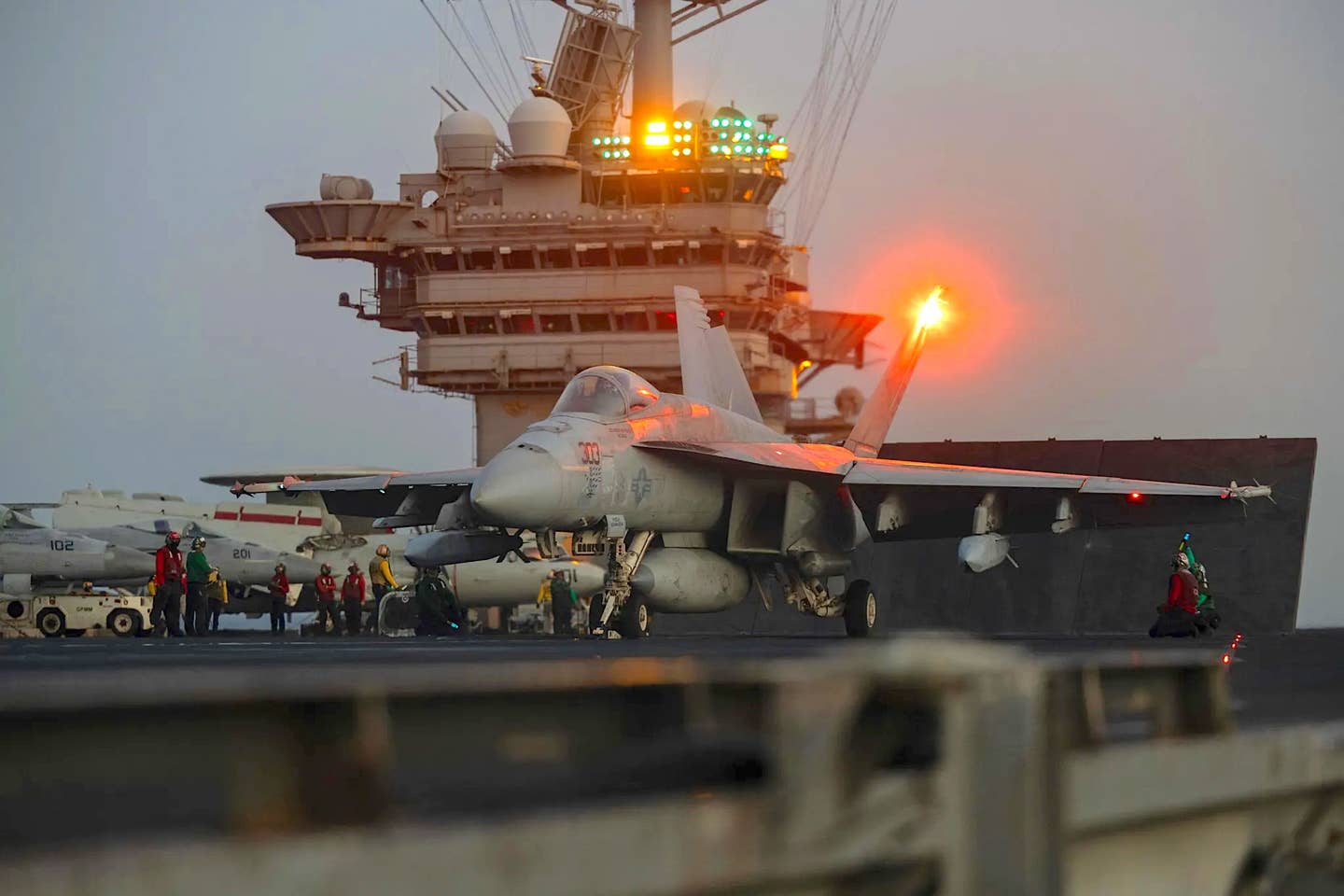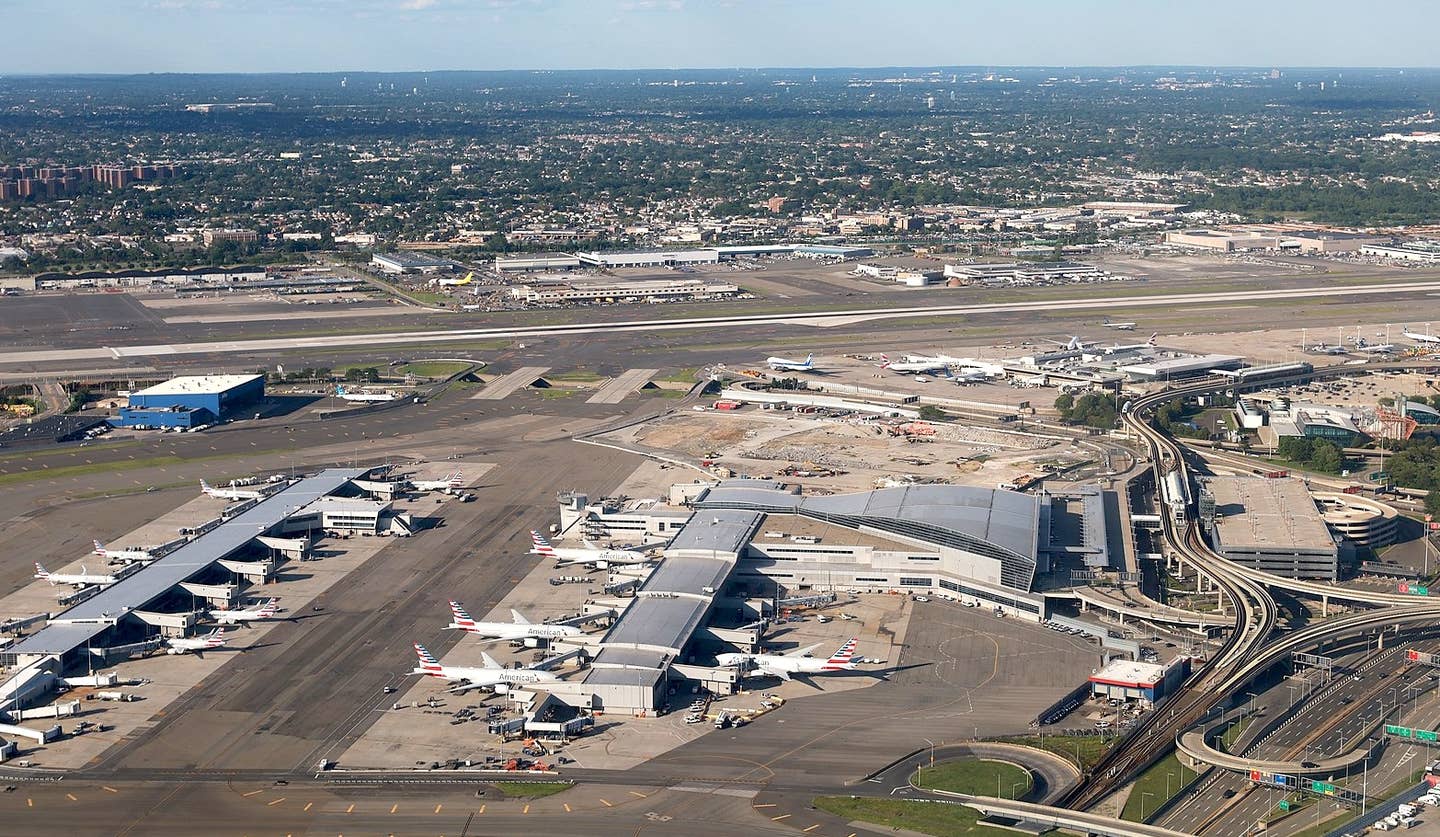Aircraft Bring A Taste Of ‘City Food’ To The Alaskan Frontier
In Alaska, Door Dash, Grub Hub and Uber Eats orders come in a Cessna, Beaver or Otter for some customers. According to The New York Times, the popular urban services,…
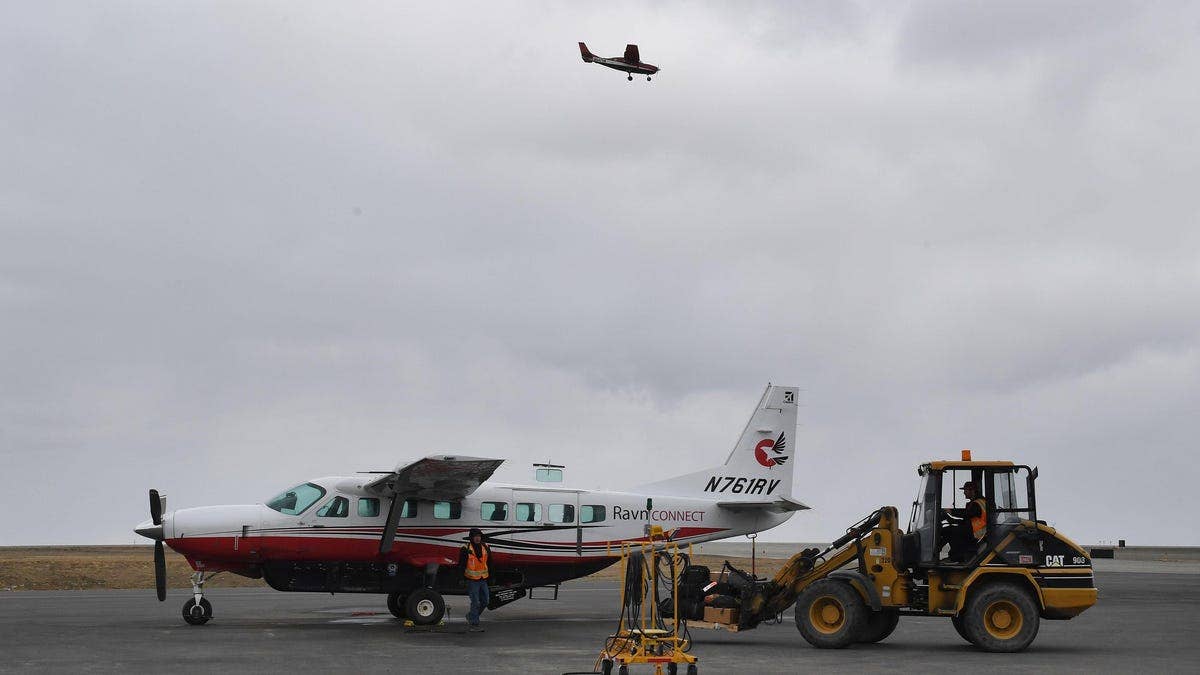
In Alaska, Door Dash, Grub Hub and Uber Eats orders come in a Cessna, Beaver or Otter for some customers. According to The New York Times, the popular urban services, which exploded in popularity during the pandemic, have given Alaskans in remote areas the opportunity for a taste of “city food” from time to time to break the tedium of the fare stored or hunted by many far-flung residents. Aircraft are the only way to supply many of the wilderness communities in winter and everything from pizza to chow mein are now a common part of the shipments of more basic necessities. Customers pay from $10 to $30 for their day-old dinners.
The service is so popular that Alaska Air Transit set up a tent in the parking lot at the airport where the delivery drivers drop off and label the orders with the names and villages of the recipients. As might be expected, it’s not quite the same experience by the time the food hits the table after some time in the microwave. “It’s not hot. It’s not fresh. But at the same time, it has the flavor you’re wanting,” said Natalia Navarro, a medical worker in the Upper Kuskokwim region, about 200 miles from Anchorage. “You can order anything you want and once you get it, you really, really savor it.”

